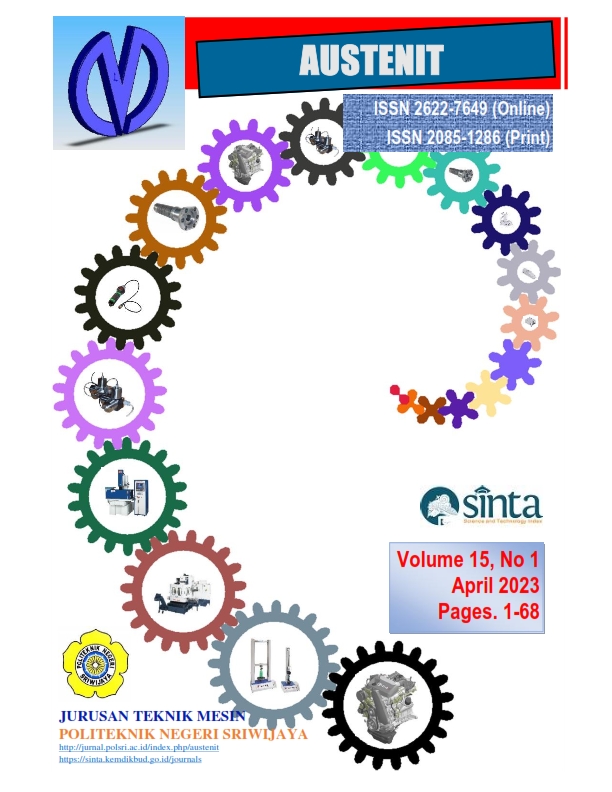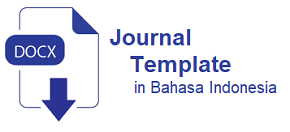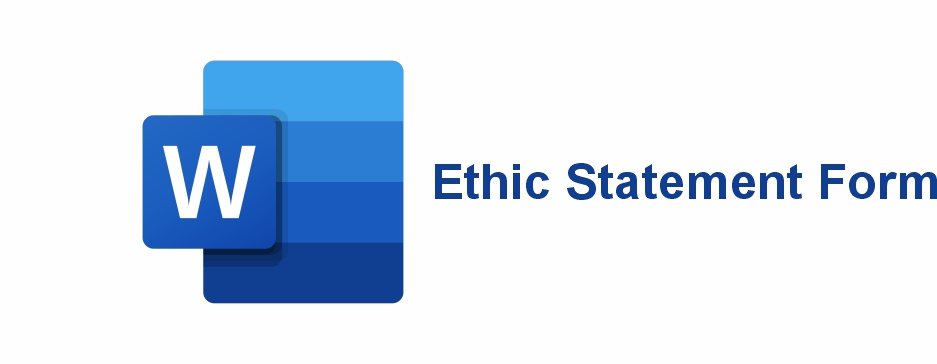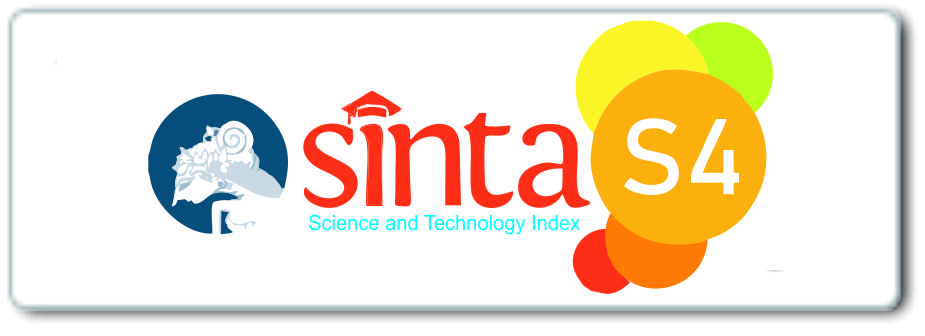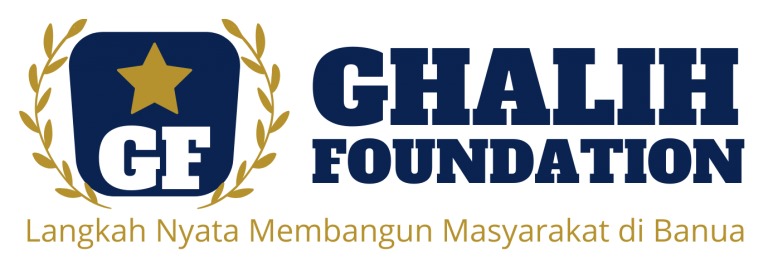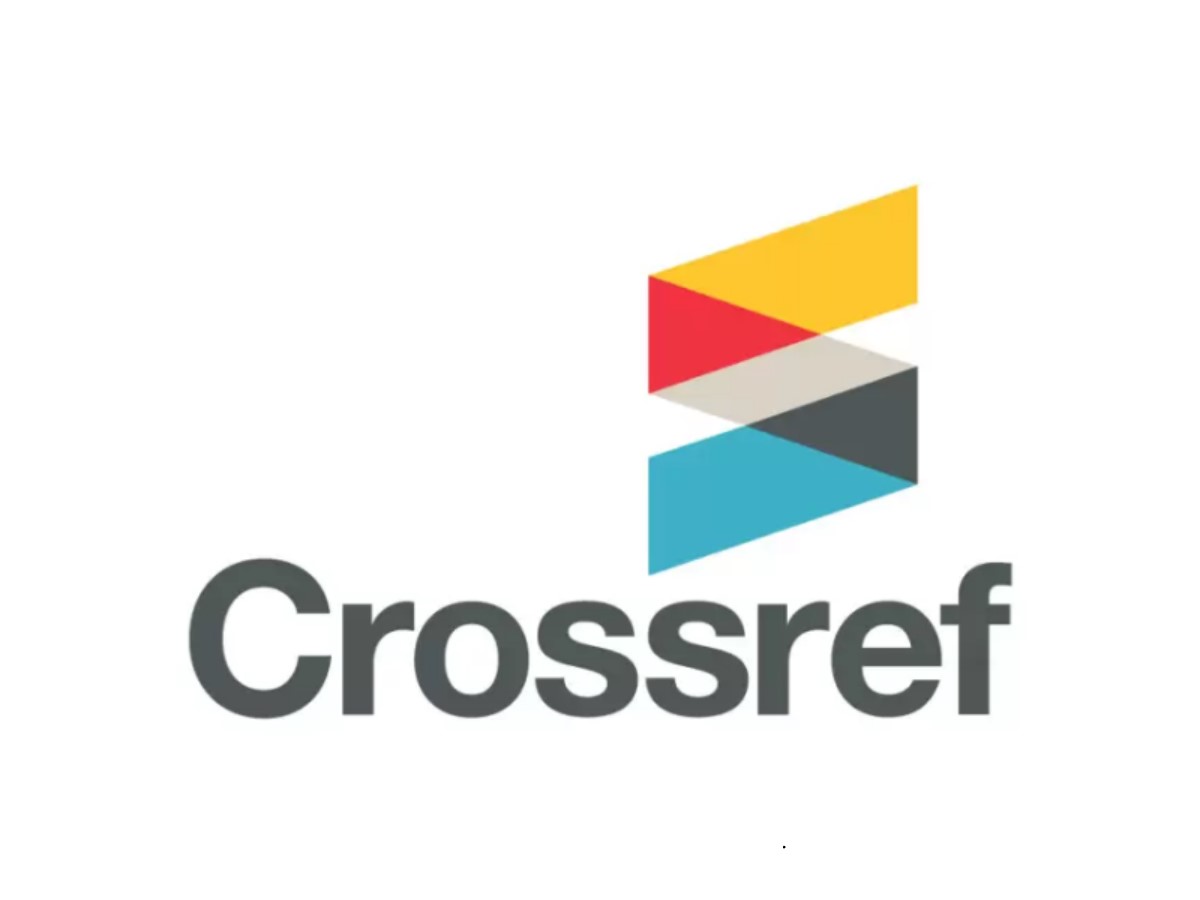THE EFFECT OF QUENCHING TREATMENT BY VARIATION OF COOLING MEDIA (WATER, USED OIL, COOKING OIL) ON EGREK HARDNESS
DOI:
https://doi.org/10.53893/austenit.v15i1.5450Keywords:
Egrek, Quenching, , Method Anova, Rockwell, Medium Carbon SteelAbstract
By using water on the gilding, the blacksmith's Egrek was hardened. The Egrek must have tough hardness. The low hardness causes the Egrek to wear out frequently, so consumers criticize the hardness and toughness of blacksmith products. Due to the wrong heat treatment, the Egrek cause is easily destroyed. The purpose of this study was to determine the effect of quenching treatment with various cooling media such as water, used oil, and cooking oil on increasing the hardness of blacksmith products. This research method is an experimental quenching using water, used oil, and cooking oil at 800°C, 850°C, and 900°C, with a holding time of 30 minutes. Rockwell hardness test, statistical data processing using ANOVA and supported by the use of expert design software. Having an average carbon content of 0.379%, Egrek's raw material is made of medium carbon steel. Based on the results of the quenching process with water, used oil, and cooking oil affect hardness. The quenching process of the cooking oil cooling medium that occurs at 800°C with a hardness value of 50.1 HRC produces a minimum hardness value, while the maximum average hardness lies in the water cooling medium with a temperature of 900°C of 60.4 HRC. The results of the percentage contribution of each are used oil by 96.37%, cooking oil by 96.61%, while water cooling media contributed by 88.41%. So that the cooling media for used oil and cooking oil can also be used as an alternative choice of cooling media.
Downloads
References
Agustian, E. 2021. Analisis Pengaruh Media Pendingin Dengan Kombinasi Waktu Penahanan Pendingin Terhadap Nilai Kekerasan Baja AISI-1045 Pada Proses Quenching. Manutech: Jurnal Teknologi Manufaktur, 13(01), 25-32.
Amalia, Annisa Nur. 2018. “Analisis Pengaruh Perlakuan Panas Hardening Dengan Variasi Temperatur Pemanas, Waktu Tahan, Dan Media Pendingin Pada Peningkatan Kekerasan Baja Aisi 1045 Pada Komponen Axle Shaftâ€. Fakultas Teknologi Industri Institut Teknologi Sepuluh November Surabaya
Firdausi, KS, Setia Budi, W.,& Sutiah, S. 2008. Studi Kualitas Minyak Goreng Dengan Parameter Viskositas Dan Indeks Bias. Berkala Fisika, 11(2),53-58.
Haryadi G D, Utomo A F and Ekaputra I M W. 2021. “Pengaruh Variasi Temperatur Quenching Dan Media Pendingin Terhadap Tingkat Kekerasan Baja AISI 1045â€. JurnalRekayasaMesin, 16(2), 255-264.
Murtiono, Arief. 2012. “PengaruhQuenching Dan Tempering TerhadapKekerasan Dan Kekuatan Tarik Serta Struktur Mikro Baja Karbon Sedang Untuk Mata PisauPemanenSawitâ€. Jurnal Teknik Mesin Volume II, No.2 Fakultas Teknik Universitas Sumatera Utara.
Nurmalasari S R, Gatot D W, Widiyono E, Husodo N and Winarto. 2017. “Analisa Pengaruh Variasi Perbandingan Campuran Antara Air Dan Garam Sebagai Media Pendingin Terhadap Kekerasan, Kekuatan Impak Dan Struktur Mikro Pada Baja Aisi 1050â€. Fakultas Vokasi Institut Teknologi Sepuluh November Surabaya.https://ejournal.itn.ac.id/index.php/seniati/article/view/1191/1069.
Pramono, Agus. 2011. “Karakteristik Struktur Mikro Hasil Proses Hardening Baja AISI 1045 Media Quenching Untuk Aplikasi Sprochet Rantaiâ€. Teknika: Jurnal Sains Dan Teknologi, 7(2), 115-124, 2011.
Pratowo B and Ary F HR. 2018. “Analisa Kekerasan Baja Karbon AISI 1045 Setelah Mengalami Perlakuan Quenchingâ€. Jurnal Teknik Mesin, 5(2).
Pusparisa, Yosepha. 2021. “Perkebunan Besar Di Indonesia Didominasi Kelapa Sawit pada 2020â€. https://databoks.katadata.co.id/datapublish/2021/06/02/perkebunan-besar-di-indonesia-didominasi-kelapa-sawit-pada-2020, accessed on january 12, 2022 at 17:10.
Rahmawati A S and Erina R. 2020. “Rancangan acak lengkap (RAL) dengan uji anova dua jalurâ€. OPTIKA: Jurnal Pendidikan Fisika, 4(1), 54-62. Universitas Flores.
Rendisetyo, R. (2020). Pengaruh Suhu Awal Media Pendingin Terhadap Kekerasan dan Kekuatan Impact pada Baja Karbon Medium yang Diperlakukan Quenching. Jurnal Teknik Mesin dan Pembelajaran, 3(1), 27-33.
Sandy, Bobby. 2019. “Pengaruh Layer Thickness dan Exposure Time Terhadap Kekasaran Permukaan Gear yang Dibuat dengan 3D Printer Digital Light Processingâ€. Teknik Mesin Politeknik Negeri Sriwijaya.
Suherman, Syakura A and Mizhar S. 2012. “Perbaikan Sifat Fisis Dan Mekanis Alat Panen Buah Kelapa Sawit (Egrek Dan Dodos) Produk Lokalâ€. Jurnal Dinamis, 1 (11), 37-43.ISSN 0216-7492.
Suryani, Ida .2018. “Sejarah Kerajinan Pandai Besi Di Tanjung Pinang Kecamatan Tanjung Batu Kabupaten Ogan Ilir Sebagai Sumber Pembelajaran Sejarahâ€. In Prosiding Seminar Nasional Program Pascasarjana Universitas PGRI Palembang (Vol. 5, No. 05).
Umartono A S and Awali S. 2015. “Analisa Kegagalan Proses Heat Treatment Baja SUP- 9 Pada Pembuatan Pegas Daunâ€. Jurnal keilmuan dan Terapan Teknik Volume 04, Number 01, June 2015.
Yogantoro, Anom. 2010. â€Penelitian Pengaruh Variasi Temperatur Pemanasan Low Tempering, Medium Tempering Dan High Tempering Pada Medium Karbon Steel Produksi Pengecoran Batur-Klaten Terhadap Struktur Mikro, Kekerasan Dan Ketangguhan (Toughness)â€. Univerversitas Muhammadiyah Surakarta. http://eprints.ums.ac.id/id/eprint/10066.
Downloads
Published
How to Cite
Issue
Section
License
Copyright (c) 2023 Authors and Publisher

This work is licensed under a Creative Commons Attribution-ShareAlike 4.0 International License.
The Authors submitting a manuscript do so on the understanding that if accepted for publication, Authors retain copyright and grant the AUSTENIT right of first publication with the work simultaneously licensed under a Creative Commons Attribution-ShareAlike License that allows others to share the work with an acknowledgment of the work's authorship and initial publication in this journal.
AUSTENIT, the Editors and the Advisory International Editorial Board make every effort to ensure that no wrong or misleading data, opinions or statements be published in the journal. In any way, the contents of the articles and advertisements published in AUSTENIT are the sole responsibility of their respective authors and advertisers.

